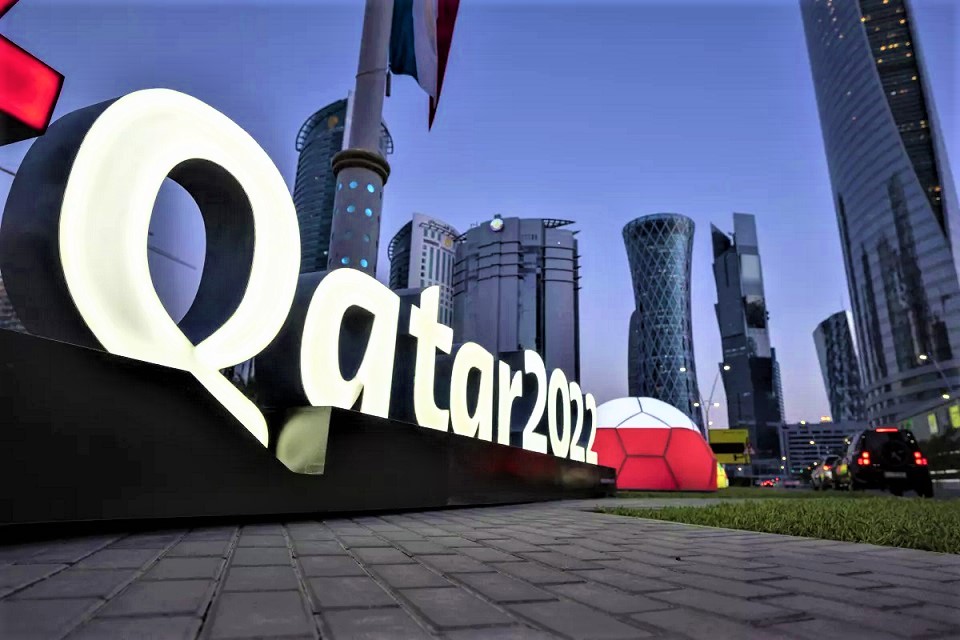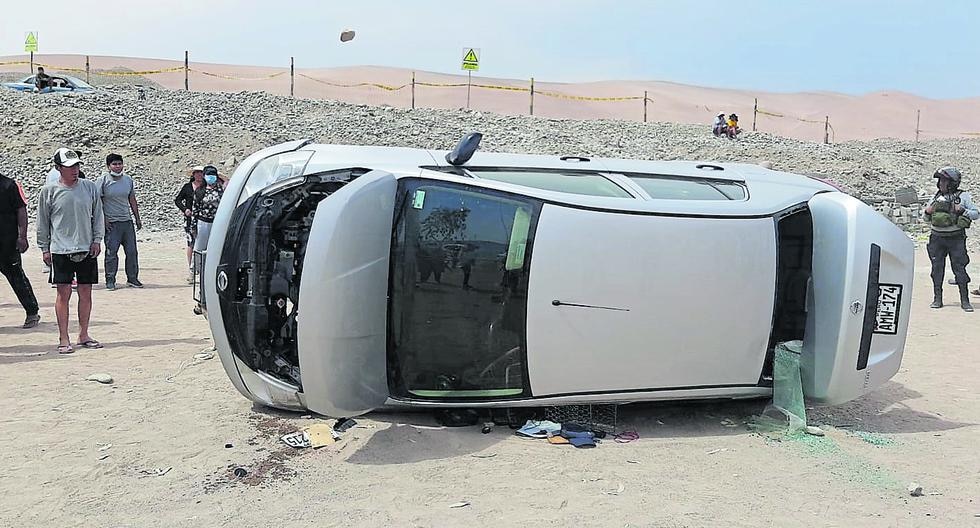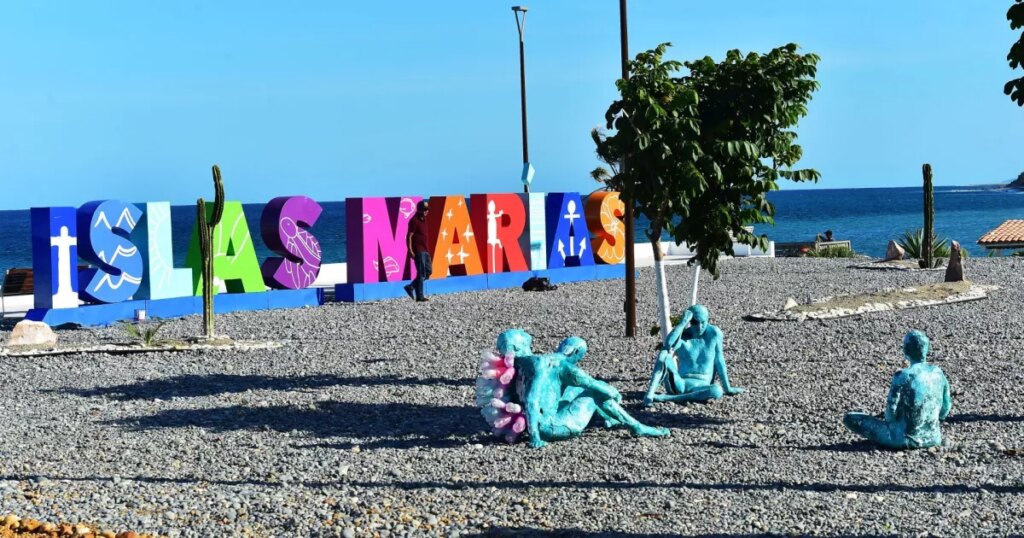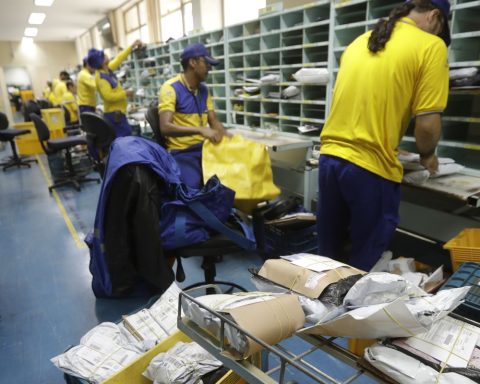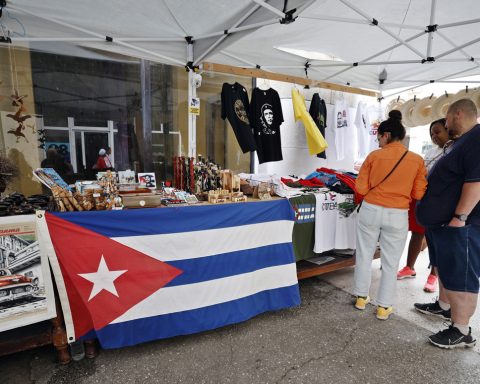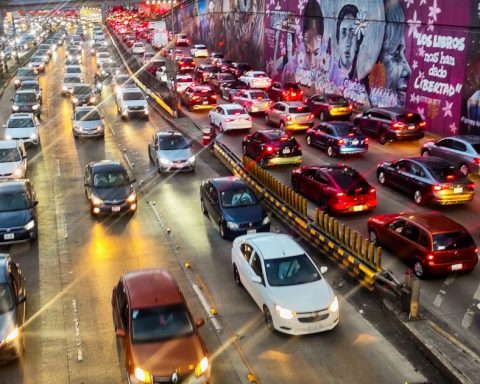By Christian Nielsen
We talk about Qatar so much that it’s as if we’ve known it our whole lives. But what is Qatar? Where is? What is its origin, who inhabits it? What do they do, what customs characterize the natives of that place?
Let’s go by parts.
Qatar is a small country located on the east coast of the Arabian Peninsula, that strip of land located between eastern Africa – shared by Egypt, Sudan and Ethiopia – and the western coast of Asia overturned on the Persian Gulf and entirely occupied by Iran. . Its only land neighbor is Saudi Arabia, with which it maintains a 60-kilometre dry border while a narrow water channel separates it from Bahrain, another Arab nation. The rest of its territorial limits are made up of 563 kilometers of coastline on the gulf where white beaches alternate with cliffs where giant waves break.
Territorially it is a tiny state. Its 11,586 square kilometers (the size of the department of Caaguazú) are made up almost exclusively of a desert of stony and gravel strewn with dunes that are constantly shaped by the wind.
Its origin began as a port of connection for merchants of pearls, pigments, fabrics and other products that sailed the Persian Gulf in search of the opulent European markets. This earned it fall into the hands of various empires, especially the Ottoman, to end up as a British protectorate from which it was freed in 1971.
CONSULTATIVE EMIRATE
Politically speaking, Qatar is a sovereign state that in its constitution proclaims:
“Qatar is a sovereign and independent Arab state. Their religion is Islam and Islamic law is the main source of their laws. Its system is democratic and its official language is Arabic. The people of Qatar are part of the Arab Nation.”
Technically, it is a consultative emirate. The government is in the hands of an Emir, a hereditary position held by the Al Thani family since the mid-19th century. Unlike the absolute monarchy of Saudi Arabia, Qatar has a legislative body, the Consultative Assembly (in Arabic, Majlis as-Shura) that since the constitutional reform of 2003 elects two thirds of its members by direct vote, including that of women. The remaining third is appointed by the Emir.
This assembly has three powers: to approve the national budget and to control the actions of the men of the Government, applying eventual votes of no confidence. A third power allows him to send proposals on public affairs to the Emir. If the Government rejects them without explanations, the Shura will only be able to comment on the fact and that’s where it all ends.
COUNTRY OF IMMIGRANTS
Qatar currently has 2,700,000 inhabitants. But only 250,000 are Qatari citizens. The rest are foreigners and immigrants who work in various types of activities. This flood of migrants began to disembark as soon as the country announced its status as the venue for the 2022 World Cup. They are almost exclusively men between the ages of 20 and 40. The vast majority come from India, Bangladesh, Nepal, Pakistan, Uganda, Kenya, etc. They are mainly used in infrastructure works, mainly those related to the world tournament. They are also drivers, shop assistants, maintenance companies and perform tasks such as electricity, plumbing, gardening, etc.
This crowd, which is ten times the original population of the emirate, cannot attend the World Cup shows. The high cost of the access ticket puts them out of reach. A standard driver, for example, earns in riyals (the local currency) the equivalent of about 375 euros. One of the cheapest tickets, the ones at the start of the tournament, was equivalent to almost half of their salary, something impossible if one takes into account that these immigrant workers send home a large part of what they earn. That is why many of them travel 45 kilometers – if their work schedule allows it – to a cricket stadium where they watch the matches on a giant screen.
A NEW SKIN
Like many reptiles shed their skin with the seasons, Qatar will undergo a drastic transformation process starting tomorrow, Monday the 19th, when the ball stops rolling. Some of the venues will enhance your profile. Others will be transformed into something else or scrapped.
The Lusail stadium – where Saudi Arabia embarrassed the Argentine team at the start of the tournament, and another big one, Brazil, was eliminated – will incorporate spaces for boutiques and high fashion stores, cafes, restaurants, sports facilities and even health clinics .
To another majestic stadium, Al Bayt, – home to iconic matches like England-USA. and Spain-Germany- a five-star hotel, a shopping center and even a highly complex clinic serving high-performance sports disciplines will be added.
Two other stadiums will serve as the headquarters of the most emblematic local teams, Al Rayyan and Al Wakrah.
In addition, the Qatari administration is already setting sail for the 2024 Asian Cup and, why not, the 2036 Summer Olympics.
Who knows if this is not the future of Qatar, for when the oil begins to dry up in the depths of its desert and the world moves with other fuels.
The sheikhs look far beyond the dunes, the oil rigs and the camels.
